View of Dedham Vale from East Bergholt by John Constable, 1815.
By the 19th century, however, the same name was given to an official art movement.
TheNaturalism movementoriginated in France in the early 1800s in response to theRomanticismstyle.
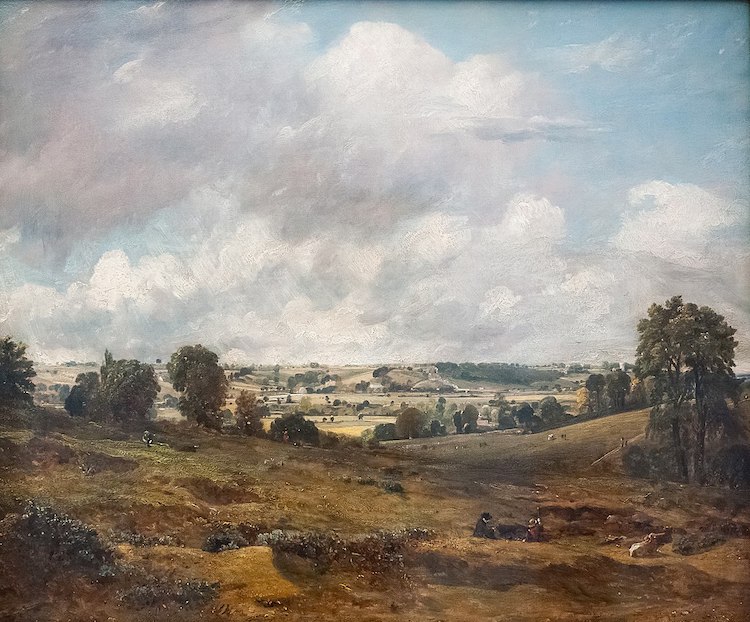
“View of Dedham Vale from East Bergholt” by John Constable, 1815. (Photo:Wikimedia Commons, public domain)
Painters who opposed the idealized depictions of subjects in Romanticism art sought to portray things exactly as they were.
Read on to discover more about Naturalism and the artists who pioneered the movement.
What is Naturalism?
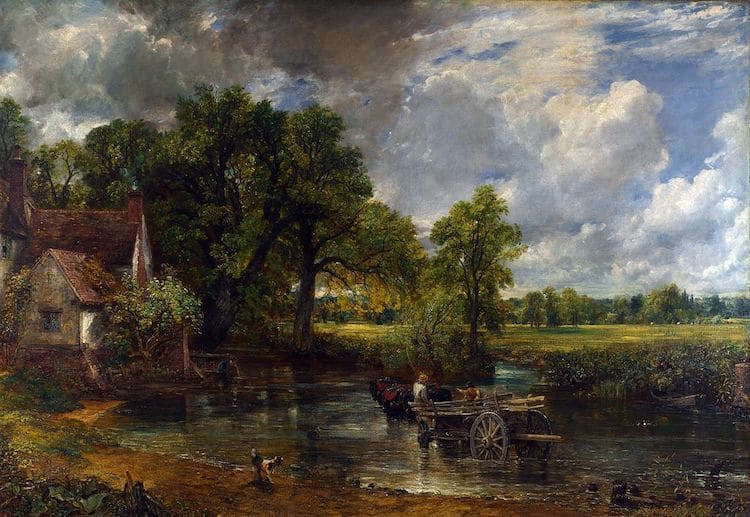
“The Hay Wain” by John Constable, 1821 (Photo:Wikimedia Commons, public domain)
Naturalism is a 19th-century art movement that sought to depict realistic objects in a natural setting.
It became one of the major styles of the century, and along with Realism led to theImpressionistmovement.
Naturalism is often associated with the Frenchplein airpractice of painting landscapes outdoors.
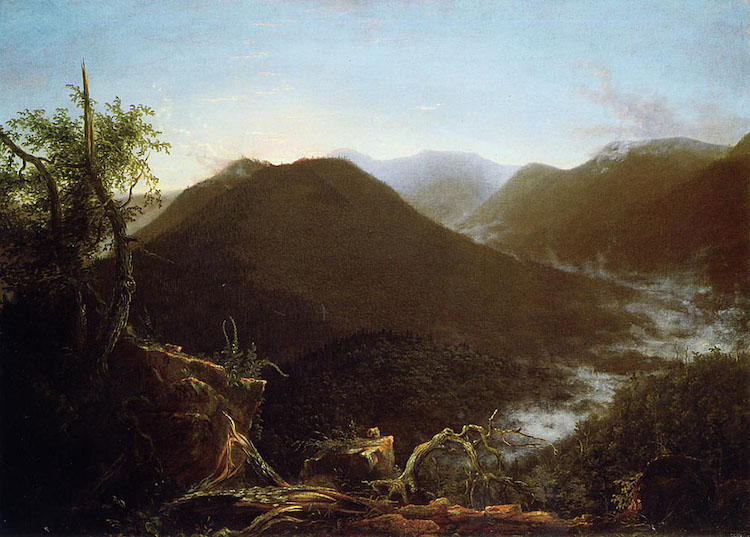
“Sunrise in the Catskill Mountains” by Thomas Cole, 1826. (Photo:Wikimedia Commons, public domain)
What is the difference between Naturalism and Realism?
Naturalism is often confused withRealism, another movement that began in France during the mid-19th century.
Both portrayed life as it was.
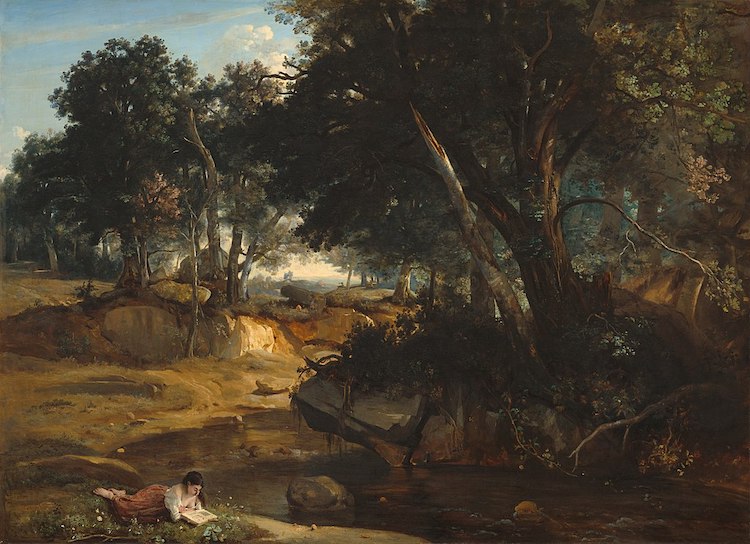
“Forest of Fontainebleau” by Jean-Baptiste-Camille Corot, 1830. (Photo:Wikimedia Commons, public domain)
There are subtle differences, however, between the two painting styles.
Rather, they were more interested inhowthey painted itwith as much realistic detail as possible.
He rejected the highly idealized landscapes of the period and instead favored realistic depictions of the natural world.
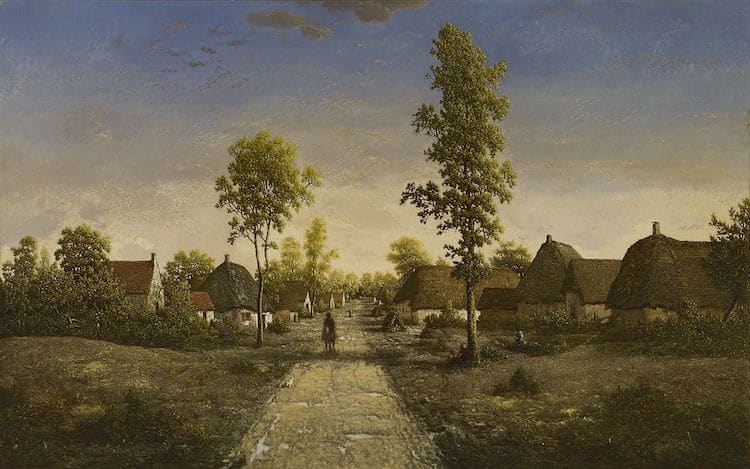
“The Village of Becquigny” by Théodore Rousseau, c. 1857. Photo:Wikimedia Commons, public domain)
The composition illustrates the moment a horse-drawn cart is being led across a shallow river by an agricultural worker.
Thomas Cole
Sunrise in the Catskill Mountains by Thomas Cole, 1826.
The work offers a realistic snapshot of American wilderness during the 19th century.
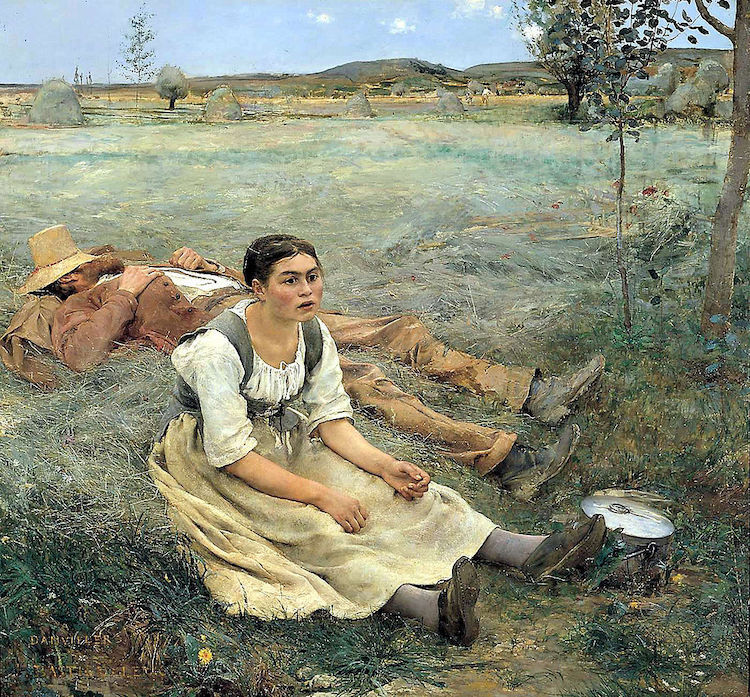
“Hay Making” By Jules Bastien-Lepage,1877. (Photo:Wikimedia Commons, public domain)
Jean-Baptiste-Camille Corot
Forest of Fontainebleau by Jean-Baptiste-Camille Corot, 1830.
However, he also includes the figure of a woman reclining by the water, reading a book.
Corot was one of the earliest painters to work with his easel on location.
Thisplein airtechnique was later made famous by Impressionist painters such asClaude Monet.
Theodore Rousseau
The Village of Becquigny by Theodore Rousseau, c. 1857.
Photo:Wikimedia Commons, public domain)
Theodore Rousseau was a French painter of the Barbizon school.
He stopped sending work to the establishment until 1849 when all three of his submissions were finally accepted.
Jules Bastien-Lepage
Hay Making By Jules Bastien-Lepage,1877.
In his groundbreaking 1887 painting titledHayMaking, Bastien-Lepage made no attempts to romanticize the image.
It depicts two land workers taking a break in a hayfield, exhausted after a days labor.
Nothing of that sort.
The famous Realist novelist, Emile Zola, described the painting as the masterpiece of Naturalism in painting.